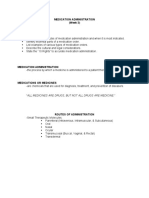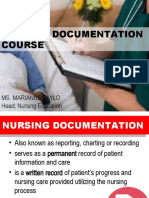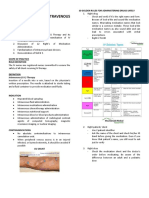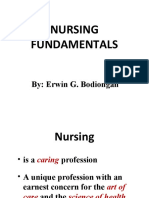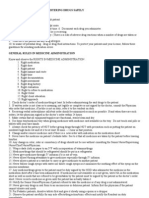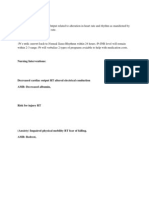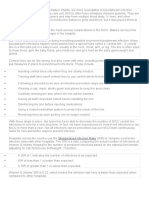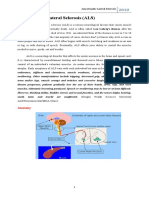0% found this document useful (0 votes)
601 views2 pagesThe Ten Rights of Drug Administration
The document outlines the 10 rights of drug administration for nurses. The rights include administering the right drug to the right patient at the right dose via the right route at the right time and frequency, documenting properly, checking for allergies and drug interactions, allowing patients to refuse medication, evaluating for drug-drug interactions, and educating patients. Following these 10 rights helps ensure safe and effective medication administration for patients.
Uploaded by
Mike CalipayanCopyright
© © All Rights Reserved
We take content rights seriously. If you suspect this is your content, claim it here.
Available Formats
Download as DOCX, PDF, TXT or read online on Scribd
0% found this document useful (0 votes)
601 views2 pagesThe Ten Rights of Drug Administration
The document outlines the 10 rights of drug administration for nurses. The rights include administering the right drug to the right patient at the right dose via the right route at the right time and frequency, documenting properly, checking for allergies and drug interactions, allowing patients to refuse medication, evaluating for drug-drug interactions, and educating patients. Following these 10 rights helps ensure safe and effective medication administration for patients.
Uploaded by
Mike CalipayanCopyright
© © All Rights Reserved
We take content rights seriously. If you suspect this is your content, claim it here.
Available Formats
Download as DOCX, PDF, TXT or read online on Scribd
/ 2




